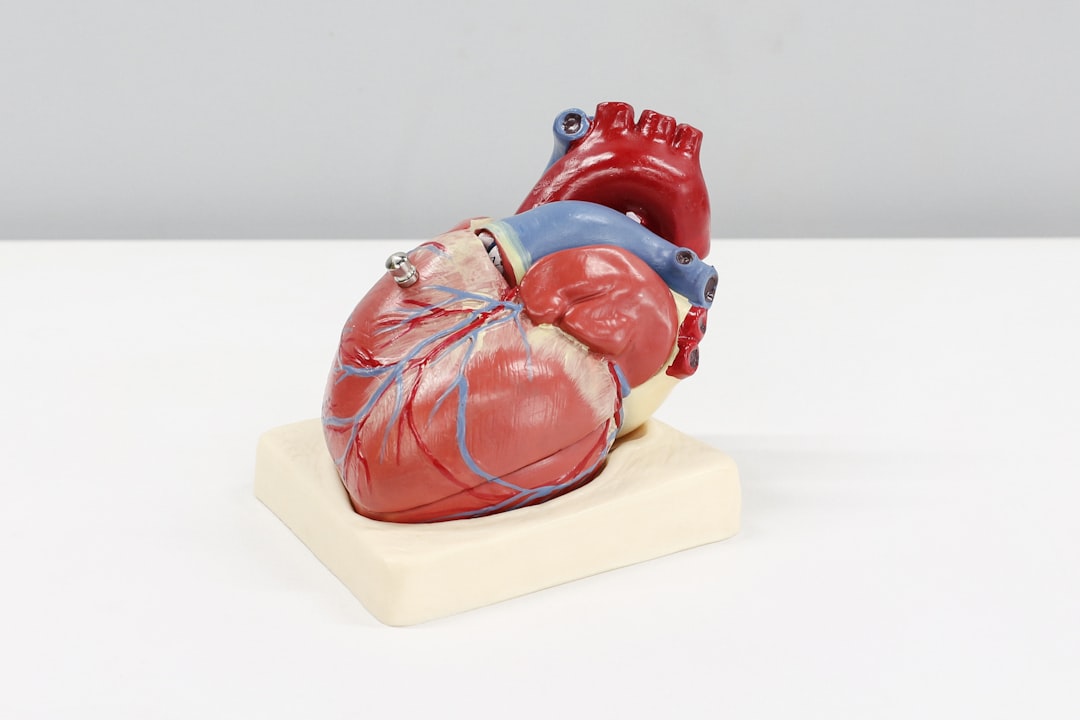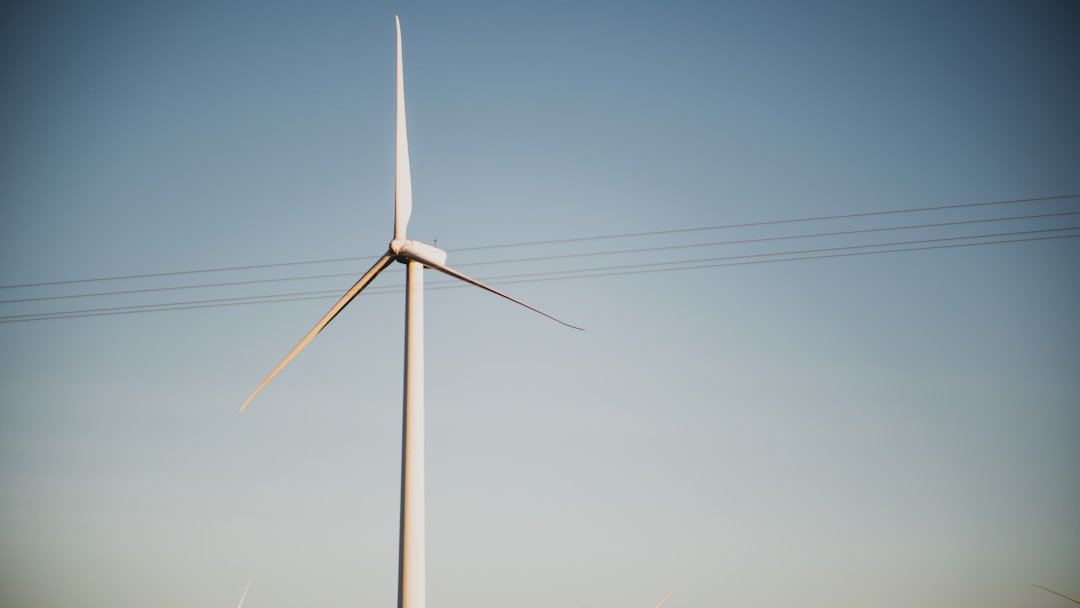What is it about?
This study aims to examine the nonsterilized fermentation conditions for coproduction of pectinases and lipase enzymes using several fruit wastes as an energy source. Thermophilic fungal strain, Penicillium expansum CMI 39671 was used as a fermenting strain. The effect of process conditions including; nitrogen sources, pH, temperature, time and moisture contents, on the production of both enzymes were studied. The highest activities of pectinase and lipase (2817, 1870 U/g dry substrate) enzymes were found with orange peel feedstock, whereas the lowest activities of 1662 U/g and 1266 U/g were found with banana peel and papaya peel feedstocks respectively. Overall, pectinase showed higher enzymatic activities than lipase enzymes, both having similar increasing and decreasing trends, at all studied conditions. The optimum process conditions of peptone as a nitrogen source, pH 7, 40°C, 5 days and 70% moisture contents, were found to show highest enzymatic activities for both enzymes. The orange peel feedstock showed no significant difference in both enzymes’ activities at sterilized and nonnotarized process conditions. Pectinase and lipase enzymes showed (13791 U/g) and (8114 U/g) for sterilized and (14091 U/g) and (8324 U/g) for nonnotarized process conditions respectively. In addition, the fungal strains also produce bacteriocin-like compounds that could inhibit microbial growth. These findings will help to design and develop robust, cost-effective and less energy intensive enzyme production processes and consequently an efficient fruit waste to energy system through open fermentation.
Featured Image
Read the Original
This page is a summary of: Fruit Waste to Energy through Open Fermentation, Energy Procedia, December 2017, Elsevier,
DOI: 10.1016/j.egypro.2017.12.145.
You can read the full text:
Contributors
The following have contributed to this page










